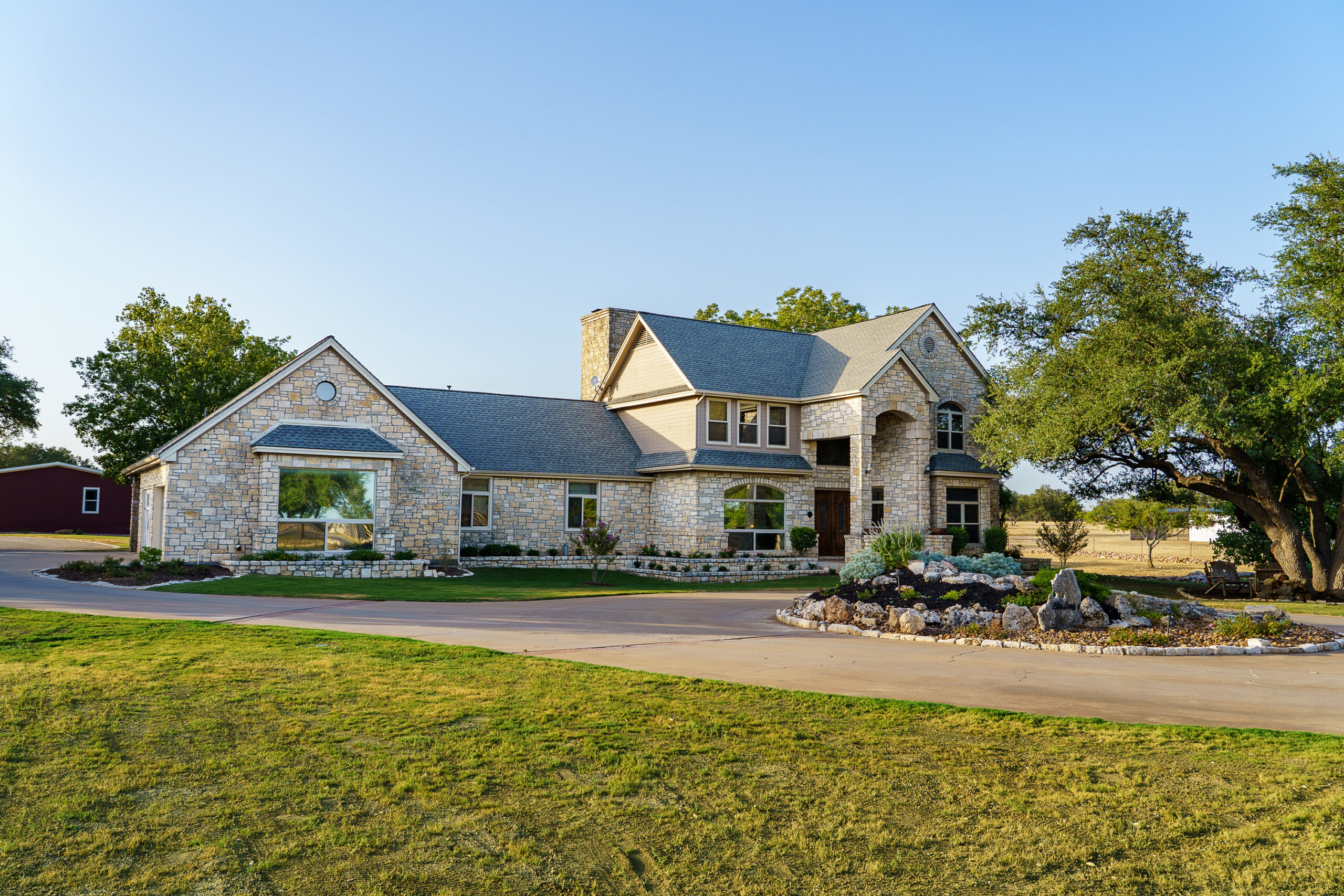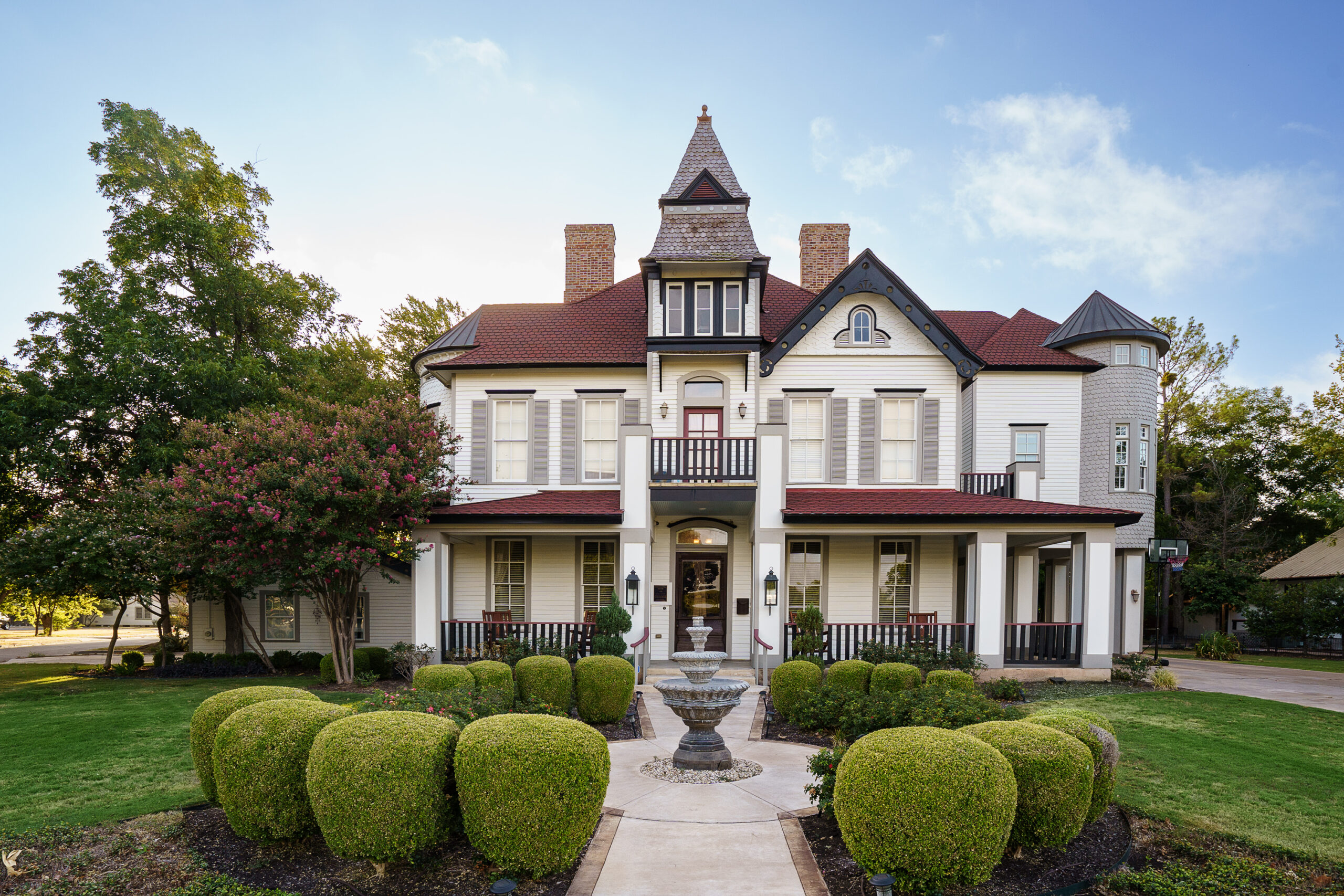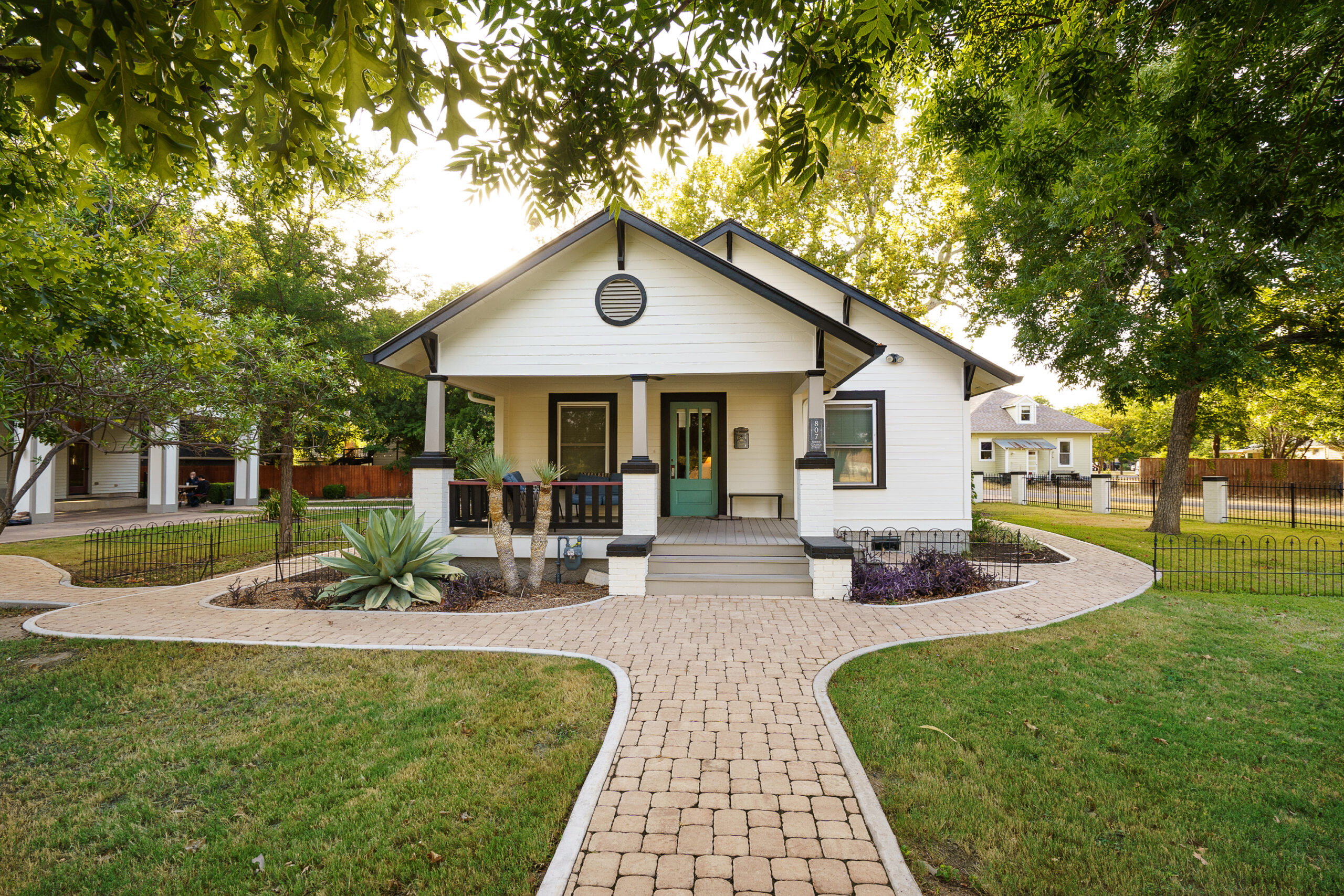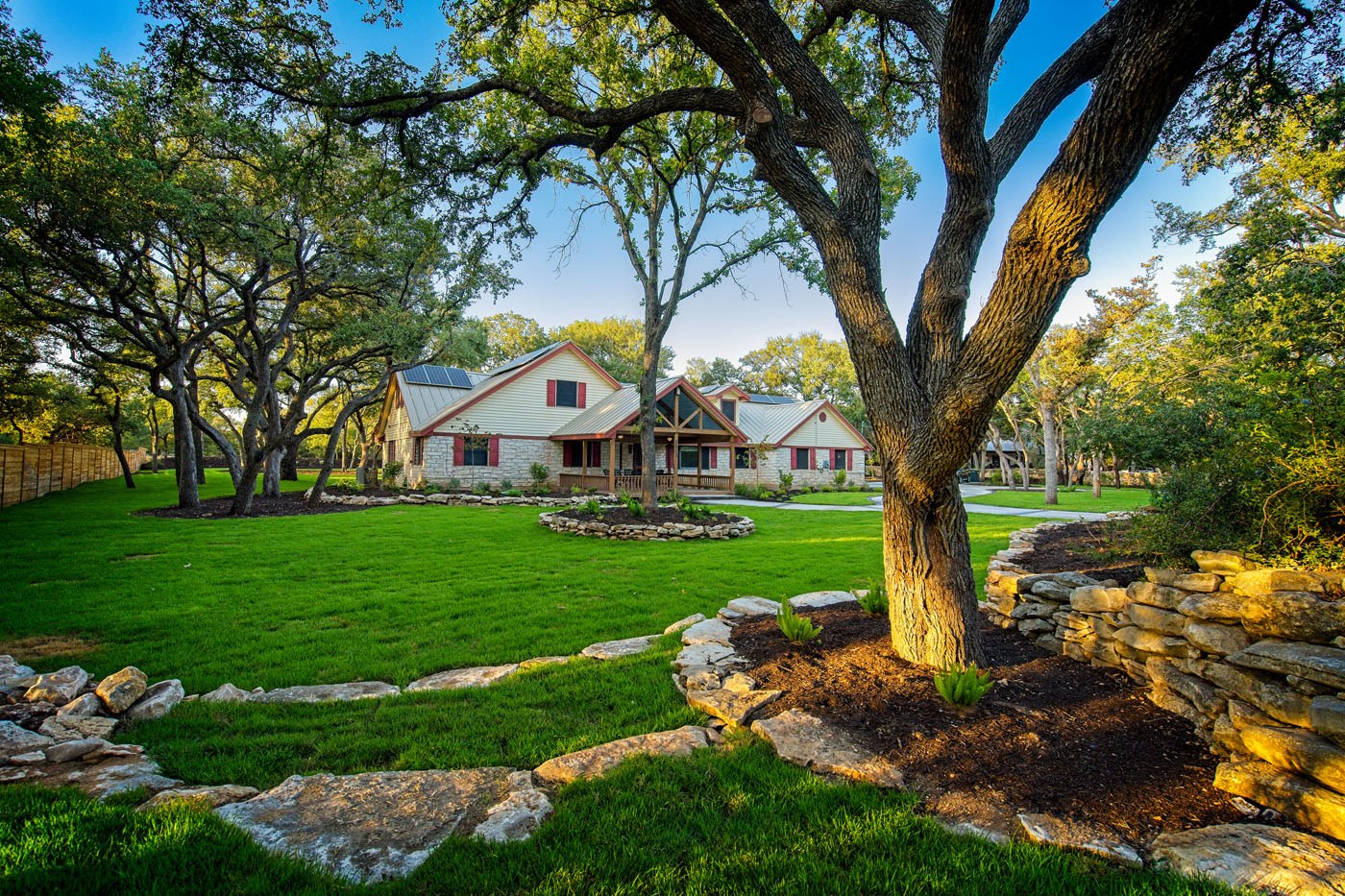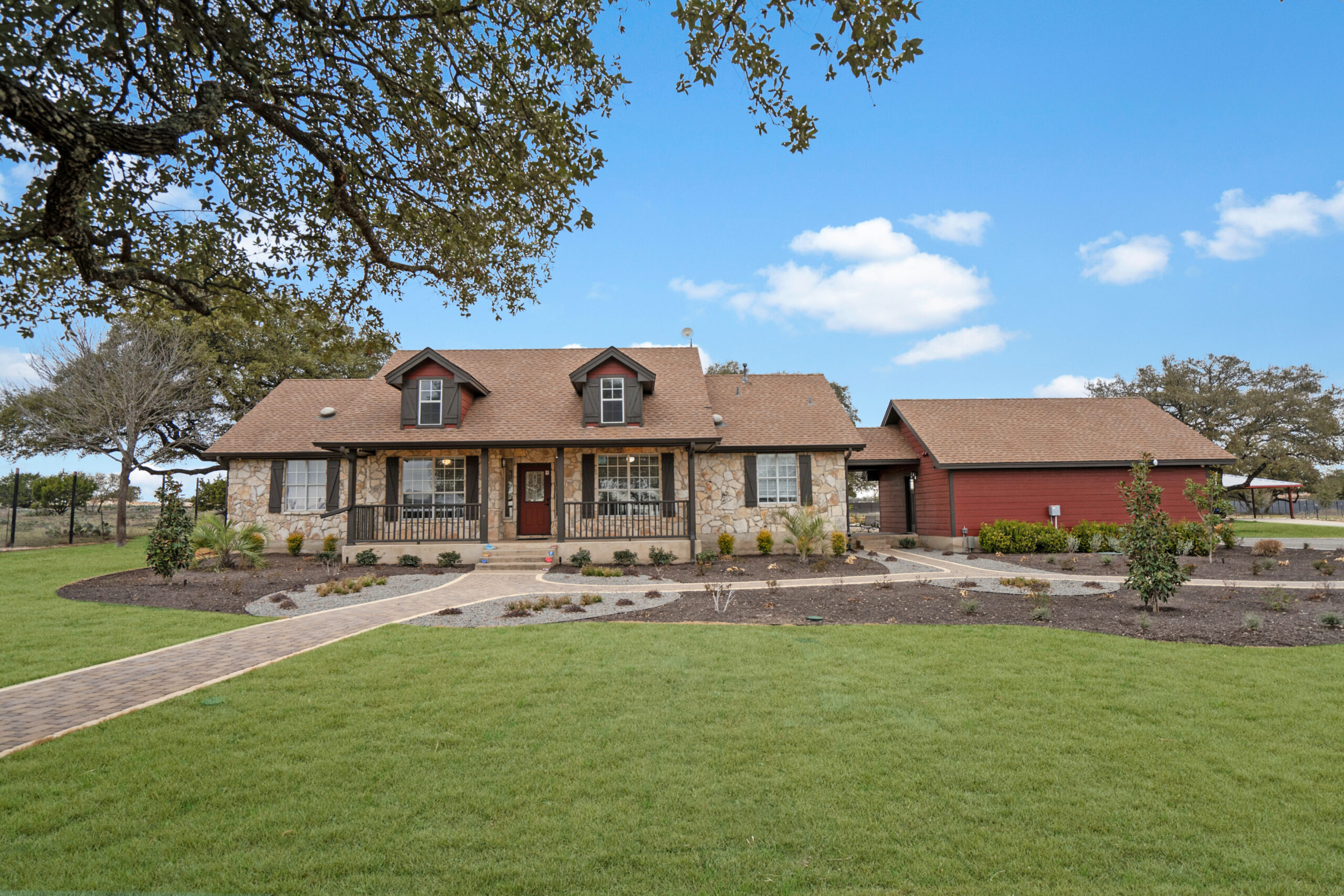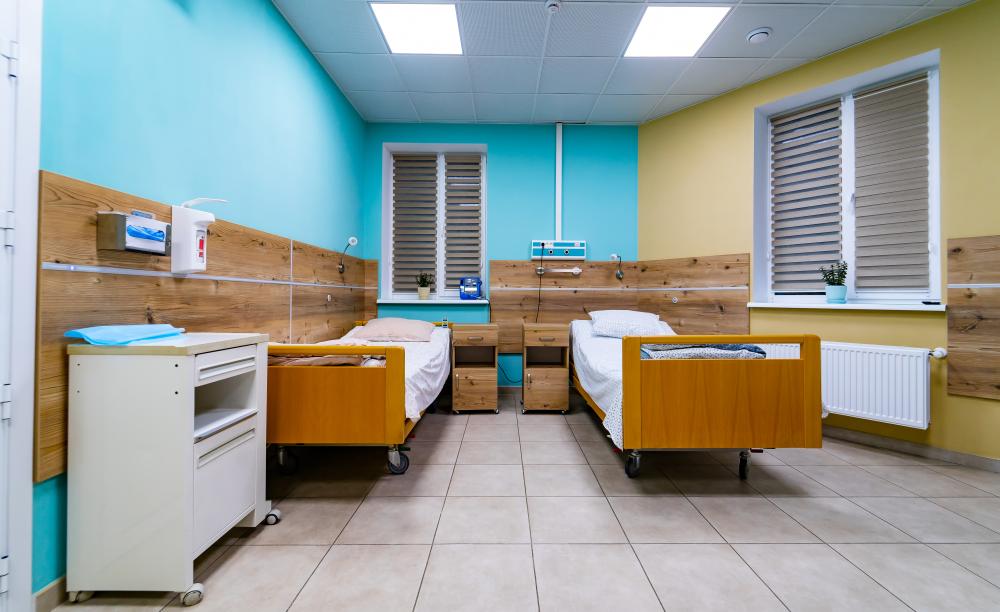
Exploring Bipolar Facilities
The journey toward healing and stability for individuals with bipolar disorder is often intricate and multifaceted. Bipolar facilities play a crucial role in providing the necessary support and treatment for those navigating the complexities of this condition. Through the lens of our experience at Alta Loma, situated in the serene landscapes of Georgetown, Texas, we venture into the heart of what makes bipolar facilities an indispensable beacon of hope for many.
Understanding the Role of Bipolar Facilities
Bipolar facilities are designed to offer a structured and therapeutic environment for individuals grappling with the highs and lows of bipolar disorder. Alta Loma is emblematic of this sanctuary, offering long-term mental health treatment that transcends traditional methodologies. The essence of our approach lies in treating the whole person, not just the symptoms, ensuring a comprehensive journey back to wellness.
Personalized Care at the Core
At the heart of effective treatment for bipolar disorder is the recognition that each journey is unique. At Alta Loma, personalization of care stands as a pillar of our philosophy. From cognitive behavioral therapy to recreational therapy and community integration, our programs are tailored to meet the distinct needs of our residents.
This customization extends to the serene design of our facilities, which are meticulously crafted to foster a sense of peace and healing. The tranquil environment of Georgetown, Texas, serves as the perfect backdrop for residents to explore their path to recovery amidst nature’s calm.
Integrated Treatment Approach
Combining Therapies for Comprehensive Healing
Bipolar disorder is a condition that affects individuals holistically, necessitating a multi-pronged treatment approach. At Alta Loma, we blend various therapies, including medication management, nutrition planning, and cognitive behavioral therapy, to address the myriad facets of the disorder. This integrated approach ensures that we are not just treating bipolar disorder but nurturing overall well-being.
Emphasis on Community and Support
Healing thrives in a community setting, where individuals can find understanding, empathy, and encouragement. Our bipolar facilities foster a sense of belonging, offering residents spaces where they can share experiences and strategies for coping with bipolar disorder. The role of peer support in the recovery journey is invaluable and forms a core component of our treatment ethos.
Challenges and Solutions in Treatment
One of the paramount challenges in treating bipolar disorder is the fluctuating nature of the condition, which can render consistent engagement in treatment difficult. To navigate this, Alta Loma employs a team of compassionate professionals who are adept at adapting to the changing needs of our residents. We prioritize flexibility in our programs, allowing for adjustments as individuals progress through their treatment. This adaptive approach is vital in fostering long-term health and sobriety.
Navigating the Stigma of Mental Health
Despite advancements in our understanding of mental health, stigma remains a pervasive barrier to seeking help for many individuals with bipolar disorder. Our mission extends beyond the confines of our bipolar facilities, aiming to educate and advocate for a greater understanding of mental health. By sharing stories of hope and recovery, we strive to dismantle the misconceptions surrounding bipolar disorder and mental illness at large.
The Journey Towards Recovery
Recovery from bipolar disorder is a journey of rediscovery, resilience, and renewal. At Alta Loma, we view this journey as a collaborative endeavor, one where residents, their families, and our team walk together towards a future of stability and fulfillment. Our commitment is to provide a safe haven where individuals can unearth their strengths, learn to navigate their challenges, and ultimately, step into a life beyond their diagnosis.
As we reflect on the labyrinthine path to wellness, it’s clear that bipolar facilities like Alta Loma are not just places of treatment; they are communities of hope. They stand as testaments to the resilience of the human spirit, offering solace and guidance to those on the road to recovery.
- Personalized treatment plans tailored to each individual’s needs
- A serene, therapeutic environment conducive to healing
- An integrated treatment approach combining various therapies
- A supportive community fostering connection and growth
- Adaptive treatment programs to meet changing needs
Our journey at Alta Loma is grounded in the belief that every individual has the potential for profound transformation. It is our privilege to accompany our residents on this journey, witnessing the unfolding of their renewed hope and resilience. If you or a loved one is seeking support for bipolar disorder, we are here, ready to provide the compassionate care and comprehensive treatment necessary for a vibrant, fulfilling life.

Where can people with bipolar get help?
Those grappling with bipolar disorder can seek help from specialized mental health facilities designed to provide comprehensive care tailored to their condition. Facilities like Alta Loma in Georgetown, Texas, are structured to offer a wide array of therapeutic options, including cognitive behavioral therapy, medication management, and lifestyle coaching that addresses both the psychological and physical aspects of bipolar disorder. Such centers provide a sanctuary for healing, emphasizing personalized care plans that cater to the individual’s unique journey towards stability and wellness.
Where can people with bipolar live?
People with bipolar disorder have various residential options depending on their care needs. For those requiring structured support and ongoing therapy, residential treatment facilities like Alta Loma offer an ideal environment. These facilities are not just about providing medical treatment; they’re about fostering a supportive community that aids in the recovery and personal growth process. With serene surroundings and dedicated programs focused on long-term stability, residents can work towards recovery while feeling supported every step of the way.
What is the best hospital for bipolar disorder?
Identifying the “best” hospital for bipolar disorder can be subjective and depends on the individual’s specific needs. However, facilities that offer an integrated treatment approach, like Alta Loma, are often highly regarded. These centers go beyond just managing symptoms; they focus on holistic recovery, understanding that each person’s journey is unique. By blending various therapies and providing a nurturing community of support, such institutions stand out in their commitment to aiding individuals towards a fulfilling life beyond their diagnosis.
What is the life expectancy of a person with bipolar disorder?
While studies have suggested that individuals with bipolar disorder may have a slightly reduced life expectancy compared to the general population, it’s important to highlight the positive impact of effective management and support. Early intervention, continuous treatment, and a supportive environment can significantly improve quality of life and potentially life expectancy. Facilities dedicated to comprehensive care, like Alta Loma, play a crucial role in providing the necessary support to manage the condition effectively, emphasizing the potential for a vibrant, fulfilling life.
How can treatment facilities help individuals with bipolar disorder integrate successfully into society?
Facilities focused on long-term recovery, such as Alta Loma, are instrumental in preparing residents for successful reintegration into society. Through a combination of therapeutic programs, life skills training, and community integration activities, individuals are taught how to manage their symptoms in real-world settings. Tailored approaches that address social interaction, vocational training, and independent living skills empower residents to face daily challenges with confidence, paving the way for a smoother transition back into their communities.
What role does the family play in the treatment of bipolar disorder?
The involvement of family in the treatment process is critical. Their support can significantly enhance the recovery journey, providing a stable and understanding environment for the individual. Facilities like Alta Loma often include family therapy and educational programs to foster healthier relationships and communication. By being actively involved, families can learn how to better support their loved ones, recognize early warning signs of relapse, and contribute positively to their recovery process.
How do facilities manage relapses in bipolar disorder?
Managing relapses is a crucial component of care at specialized facilities. Alta Loma, for instance, employs a proactive approach to relapse prevention, including ongoing monitoring, individualized treatment adjustments, and stress management techniques. The focus is on building resilience and coping strategies in residents, preparing them to navigate potential triggers and setbacks. Recognizing that recovery is a journey with ups and downs enables a compassionate and adaptive treatment environment that supports long-term stability.
